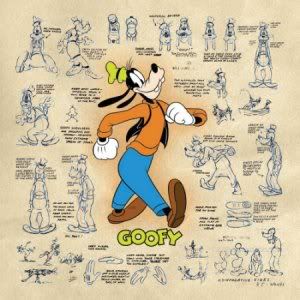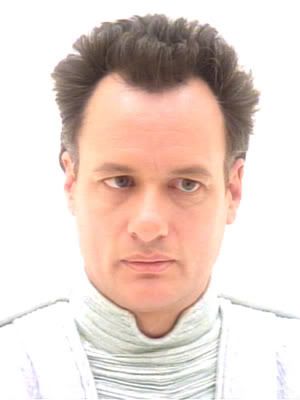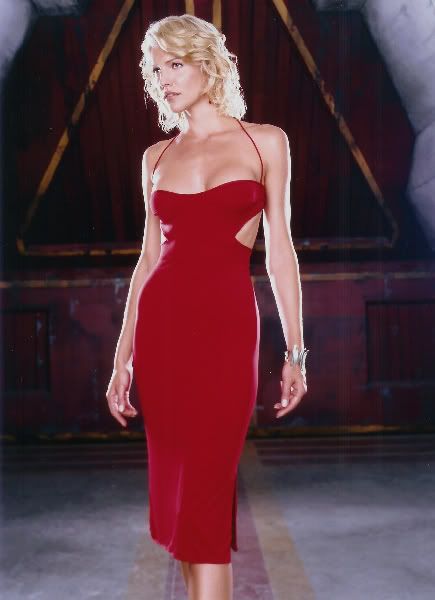
As Heinlein once pointed out, heroes and villains come in complimentary pairs. Sometimes the protagonist of a given tale will spend more time with or thinking about the antagonist than they do their significant other. One might even find fiction that turns the antagonist into the hero’s significant other. However, it could be argued that a more interesting story occurs when an adversary, for one reason or another, becomes an ally.
This discussion involves some spoilers for a couple popular science fiction series, so consider yourselves warned.
Consider the case of Q, from Star Trek the Next Generation.

As I mentioned in my brief overview of his history, Q enters the series at its premiere as a clear antagonist. He is a seeimgly omnipotent being from an inscrutable interdimensional race holding the crew of the Enterprise responsible for the nature of humanity, described as a “savage child-race”. As the series progresses, Q takes a more personal interest in the humans aboard the Enterprise, Captain Picard in particular. He even goes so far as to put Picard in a situation where he can alter the past to correct a mistake he made, then shows Picard the ramifications of that correction to demonstrate that those things we do, as mortals, that sometimes cause us shame help define who we become through the hard lessons we learn. By the end of the series, Q and Picard have put aside their differences and come to respect one another for a variety of reasons, but mostly because Q has stopped acting solely as humanity’s judge, and Picard has realized that this former adversary has become an ally.
Another fine example is the Cylon model known as Six from the re-imagined Battlestar Galactica.

From her numerous iterations both on Cylon-occupied Caprica and the refugee fleet, Six demonstrates that she is loyal to the Cylon cause. And yet, her appearances in the mind of Gaius Baltar appear to be assisting humanity. She claims that she is an instrument of God, putting her in direct opposition to the polytheistic belief held by many humans in the Lords of Kobol while simultaneously assisting in their survival. While many copies of Six exist in keeping with the other Cylons in the series, on more than one occasion we see the character acting in ways that assist humanity rather than opposing it. This is especially the case with ‘Caprica Six’ who saves Baltar’s life during the initial attack on the Twelve Colonies. Her later actions put her in the same category as the Cylon model Eight who later adopts the callsign ‘Athena’ when she returns with Karl ‘Helo’ Agathon from Caprica.
Conflict is the foundation of drama. You need someone who opposes your protagonist(s) by presenting them with obstacles to overcome or situations to endure. However, a villain who simply twirls their moustache and cackles at the thought of doing evil tends to be one-note and somewhat boring. By having them act in a way that ultimately helps the heroes accomplish a goal, you color the antagonist differently and give them a dimension of depth. This especially holds true if the villain’s assistance not only helps the hero accomplish their goal but also helps the villain achieve some other aim. Audiences love a clever antagonist, which is why the Xanatos Gambit is so popular.
Having your antagonist look like Tricia Helfer doesn’t hurt, either.



Leave a Reply